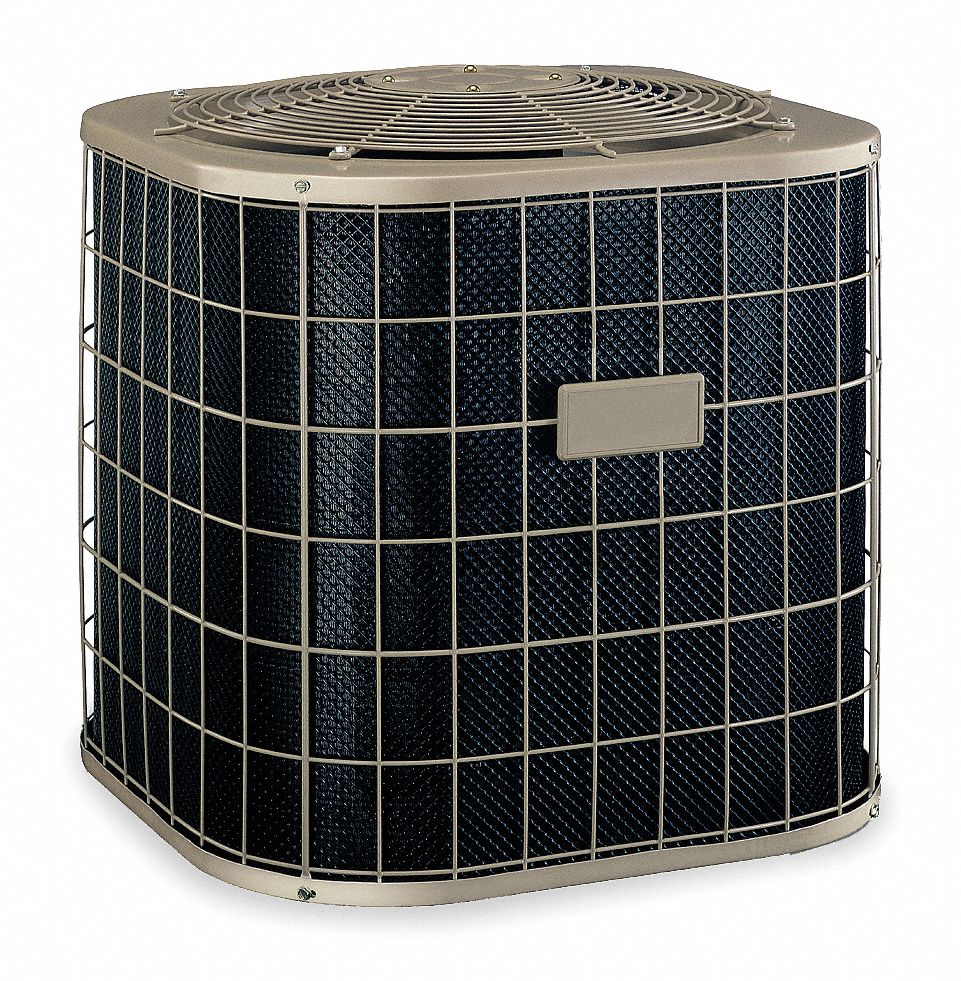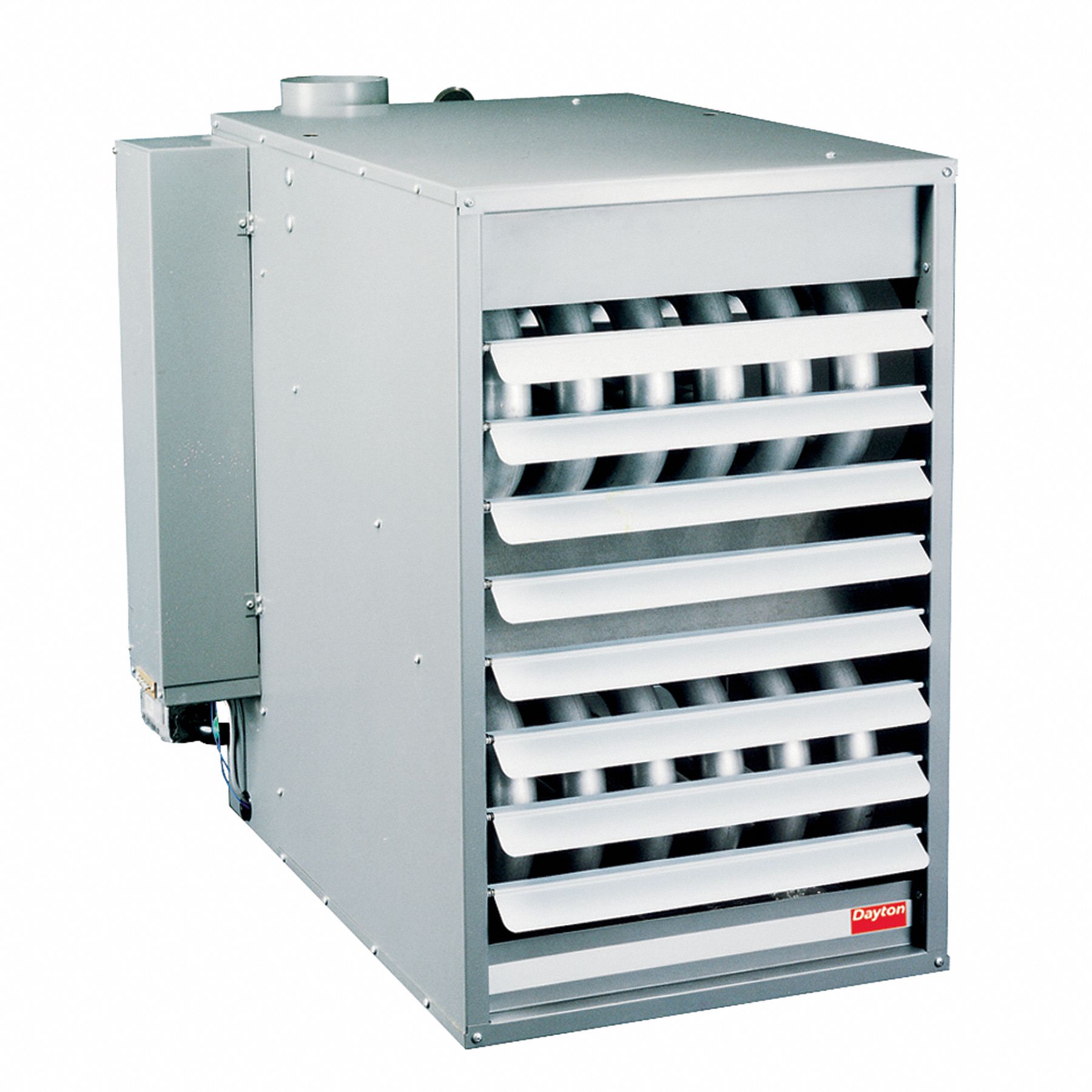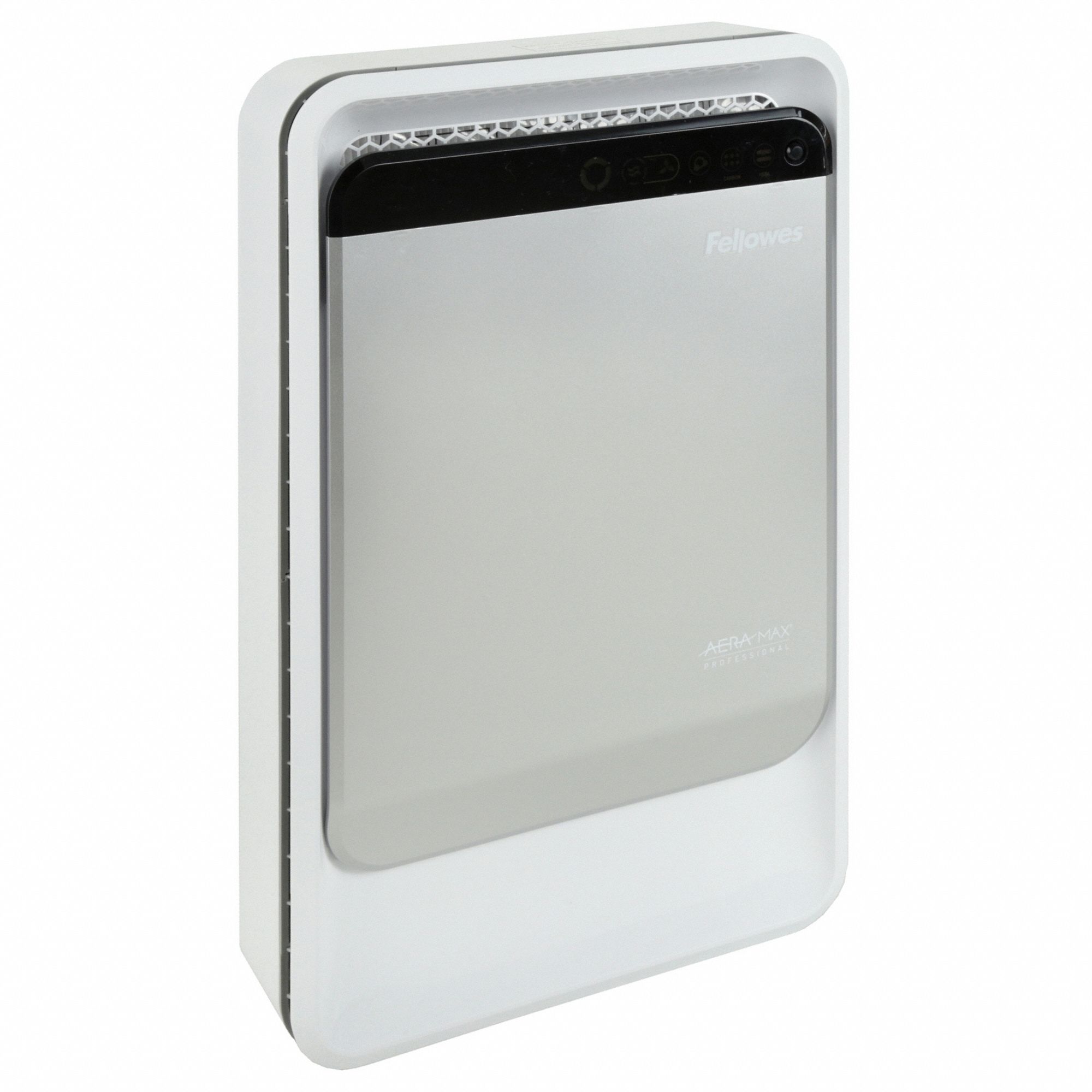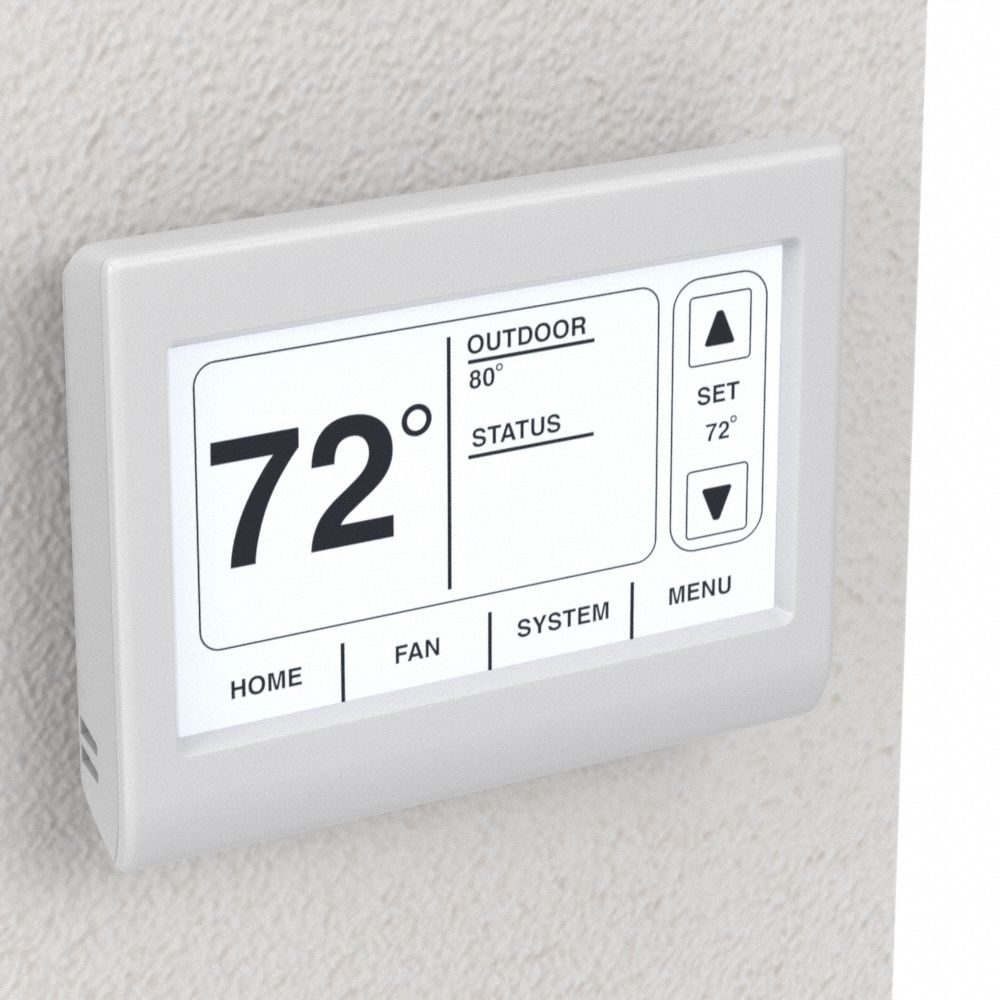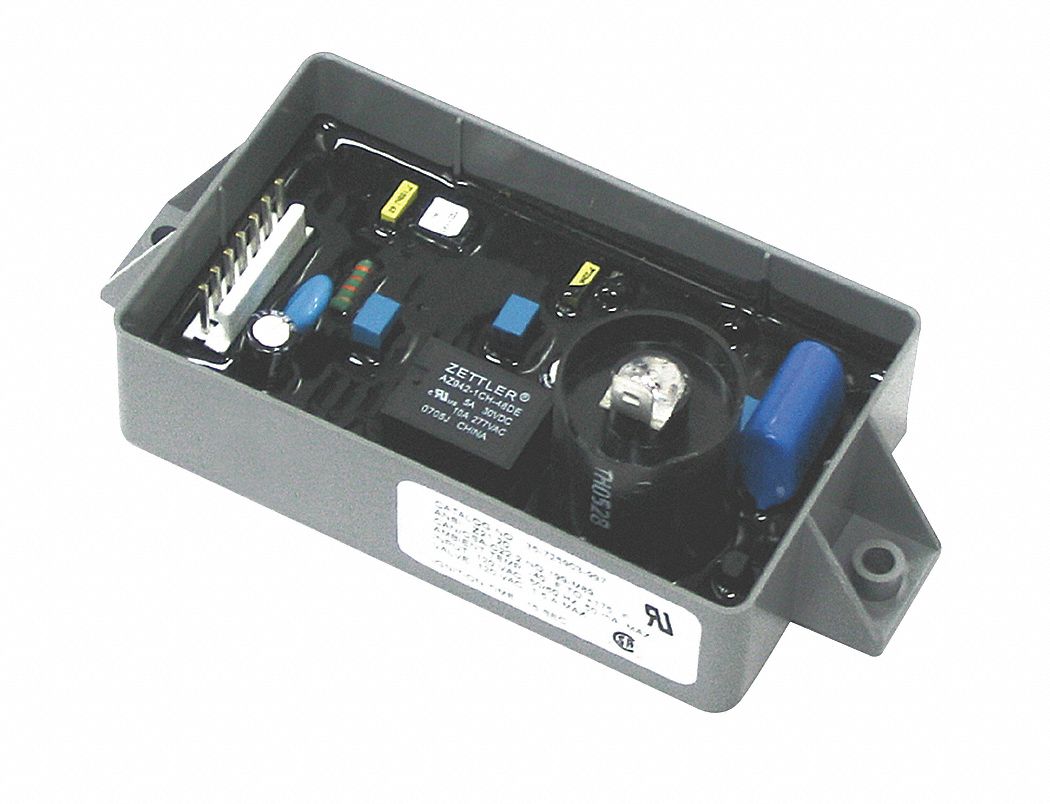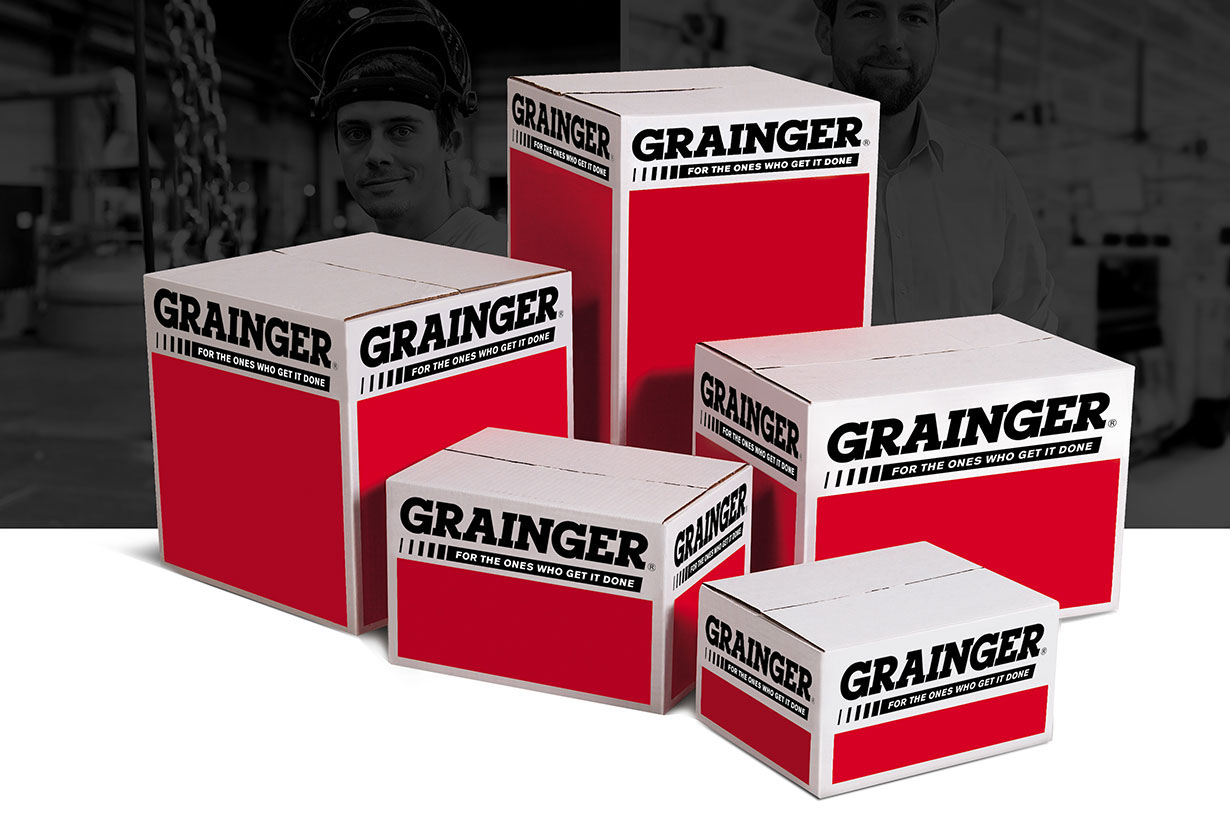

The Device that Can Make Your HVAC System Smarter
By Grainger Editorial Staff 3/22/18
Work smarter, not harder: It's a mantra for employees and, it seems, HVAC systems. The professionals who manage heating, ventilation and air conditioning know that their job is to coax optimal performance out of their equipment so that it produces a high indoor air quality and a productivity enhancing environment without unnecessary energy costs. That's why so many of them are paying extra attention now to energy recovery ventilators.
An energy recovery ventilator (ERV) uses what's already happening in and around your building's environment to improve it. ERVs have become one of the most dynamic segments of the HVAC equipment market, with a double-digit compound annual growth rate that is expected to propel ERV sales to $3.39 billion by 2021.
Putting Indoor Air to Work
In winter, the cold, dry air that wants to get into your building can be warmed and humidified through an ERV by some of the indoor air that you would want to exhaust. In summer, the hot, humid outdoor air can be passed through an ERV where the air conditioned air that has been in your building can cool it down and take some of the edge off its mugginess.
As they operate, ERVs can help you heat your building more efficiently in winter and cool it more efficiently in summer, all while improving the indoor air quality far more effectively than you could do by opening and closing a window. You'll also be able to meet HVAC&R standards defined by The American Society of Heating, Refrigerating and Air-Conditioning Engineers (ASHRAE) while reducing the strain (and energy drain) on the rest of your HVAC equipment.
There are three basic kinds of ventilation: natural, spot and whole-building. Natural ventilation used to be easy to come by--you just opened a window or two and let the breeze come through, or let air move in and out through the unsealed gaps around your windows and doors. But today's buildings are built much more tightly than before and, if you're in an older building you've probably walked around with an air leak detector to identify and then seal any leaks that were causing you to lose heating or cooling.
Some operations rely on spot ventilation. An exhaust fan can be useful in removing smoke and smells, and, as owners of older homes know, they can push hot air out of a structure to make it feel cooler. But they can also allow dust, pollen and pollution into a building and they won't be at their most effective in the country's hottest locales. Plus, they can be noisy.
ERVs are part of the third option, whole-building ventilation. In summer, they make it possible to use the cool indoor air generated by your air conditioning system to chill the hot air coming in from the outside before it hits the full building environment. In winter, ERVs transfer heat from warm inside air to the cold air that wants to come in. Your H and AC components are doing less work (and using less energy) because an ERV is doing part of the heavy lifting.
Understanding the Costs
There is, of course, a cost to adding ERVs to new designs and retrofits but that cost might be less than you think. Grainger carries ERVs that begin at under $1,000. Remember that, because an ERV will reduce the load on your outside air conditioning units, you'll need less AC tonnage to meet your cooling needs.
What's more, studies by ERV manufacturers have shown that, since an ERV re-captures about 70% of the energy from the air exiting a building to heat or cool the air coming in, it will help to lower your utility bills. The payback on your investment could be immediate if your facility is located in the southeastern United States, rising to a few years in colder climes. But research done in Canada on systems in usage in commercial and industrial buildings, as well as big-box retail, long-term care facilities, small and large multi-family residences, schools, warehouses and even fast-food restaurants has shown that ventilation systems are cost effective. It found that the payback period is far less than the life expectancy of the equipment itself, and could be as little as five years depending on the type of structure and climate zone.
So take a look at your current HVAC system, your region's climate and your facility's needs and how ERVs can help keep your utility budget in line. You might find that that V can also stand for victory.
Sources:
Air Conditioning, Heating and Refrigeration News, "Energy Recovery Ventilator Market Worth $3.39 Billion by 2021", https://www.achrnews.com/articles/133116-energy-recovery-ventilator-market-worth-339-billion-by-2021
Johnson Controls, "York Unitized Energy Recovery Ventilator Top 10 Advantages", http://www.johnsoncontrols.com/-/media/jci/be/united-states/airside-systems/energy-recovery-ventilators/files/be_flyer_ervtop10.pdf?
International Building Performance Simulation Association, "Is Heat Recovery Cost Effective in Canadian Commercial Buildings", http://www.ibpsa.org/proceedings/eSimPapers/2016/11-200-eSim2016.pdf
The information contained in this article is intended for general information purposes only and is based on information available as of the initial date of publication. No representation is made that the information or references are complete or remain current. This article is not a substitute for review of current applicable government regulations, industry standards, or other standards specific to your business and/or activities and should not be construed as legal advice or opinion. Readers with specific questions should refer to the applicable standards or consult with an attorney.

